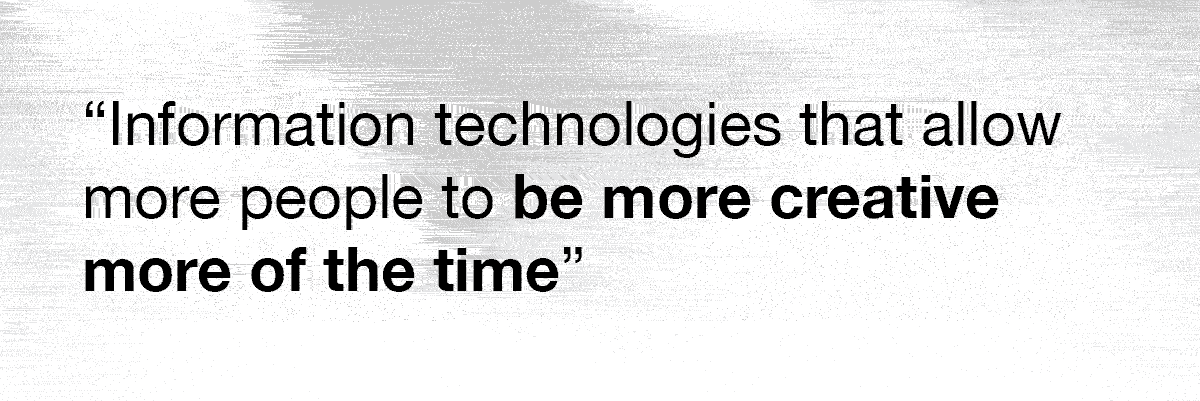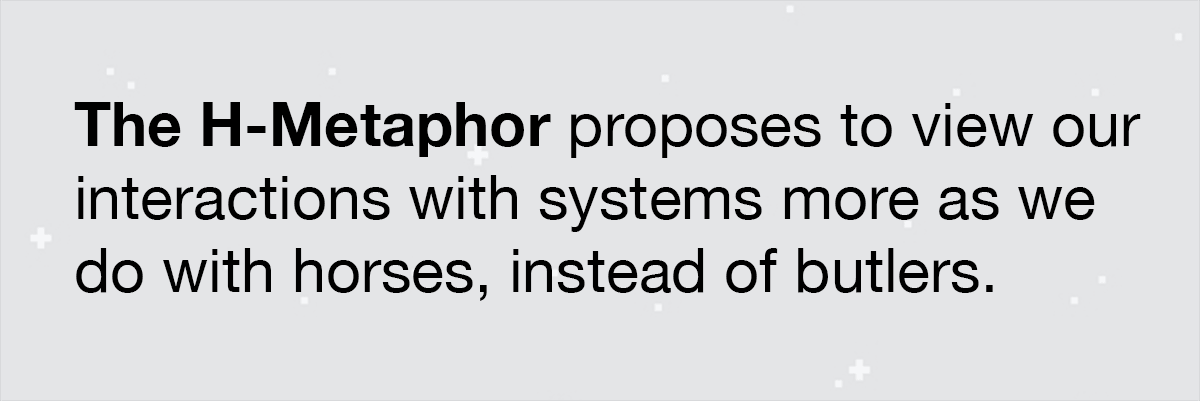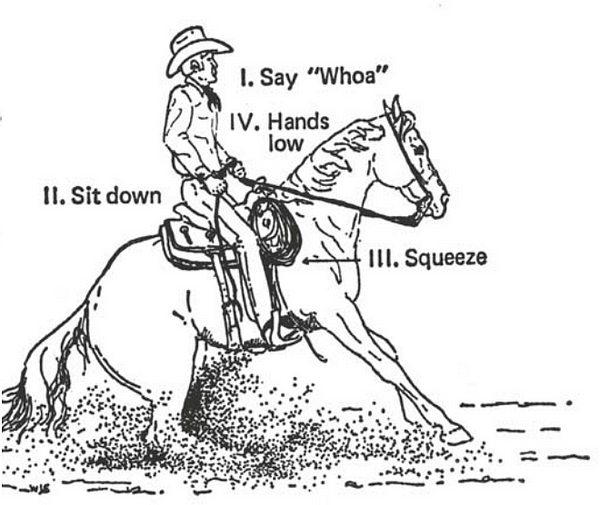CreativeAI - On the Democratisation & Escalation of Creativity
Systems science applied to Creativity
This new spirit of creation was addressed by Buckminster Fuller in his notion of the “comprehensive designer”, which he describes as “an emerging synthesis of artist, inventor, mechanic, objective economist and evolutionary strategist”

Use tools Artificial intelligence/Machine learning/Deep learning – Deep art
See Prosthetic knowledge: Information that a person does not know, but can access as needed using technology


This analogy is rather clear with Self-driving cars
Assisted Creation
1949 – Vannevar Bush imagines the “memex”
1962 – Douglas Engelbart writes Augmenting the Human Intellect: A Conceptual Framework – computers can be used to create an extension for the ways we do thinking, representation and association in our minds – systems that augment our intellect, humanity and creativity. His goal was to raise the human potential
1963 – Ivan Sutherland, Sketchpad, Computer-aided design, Virtual reality
Engelbart’s Stanford Augmentation Research Center (ARC) – mouse, video conference..
John McCarthy had founded the Stanford Artificial Intelligence Laboratory
1970 – Xerox PARX – the Desktop metaphor
Homebrew Computing Club – Silicon Valley, Apple, Microsoft, Personal Computer (PC)
Now – systems that negotiate the creative process in fine-grained conversations, augment creative capabilities and accelerate the skill acquisition time, from novice to expert.
Generative Creation
Computational creativity: “create computations which — if they were made by humans — would be deemed creative”
Procedural generation applied to Creativity
1950 – Claude Shannon was able to approximate proper English grammar and generate new sentences using computational methods
early 1960s, researchers at Bell Labs Creative use of Computer Graphics Michael Noll
Michael Noll. In 1970, he made a call to action: “What we really need is a new breed of artist-computer scientist”
1975 – Brian Eno was using algorithmic and generative principles to compose music – using the technology that was invented to make replicas to make originals
1979 by Benoit Mandelbrot (Fractals) – visual complexity can be created from simple rules.
Around 1978, games started to make extensive use of procedural systems to define game maps and character behaviours
Since 1980s, focused research in industry and academia has led to the formalisation of computational creativity as a scientific discipline
1980s-2010s – A.I characters, artificial musicians, journalist bots, generative architecture and neural nets that “dream”.
CreativeAI